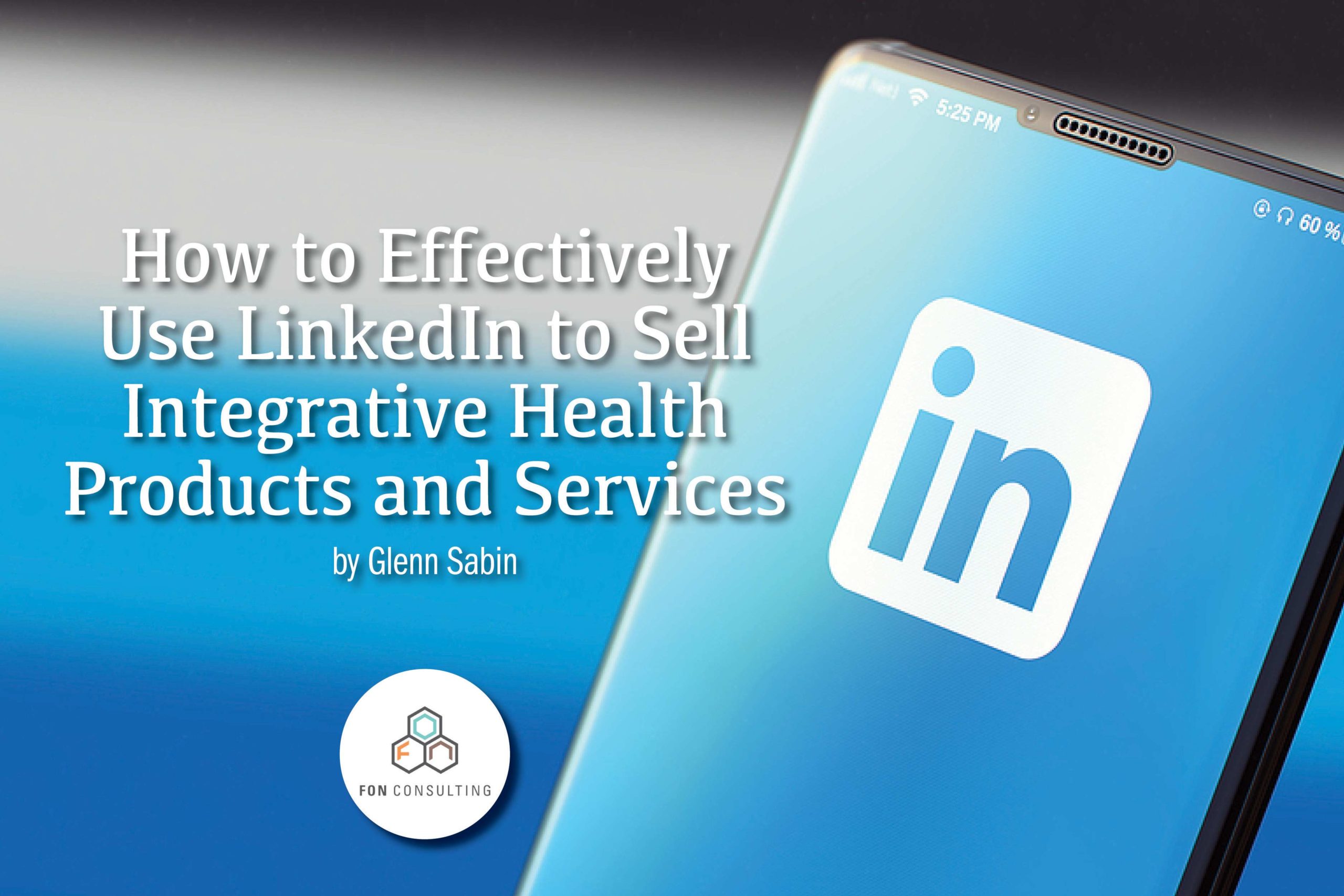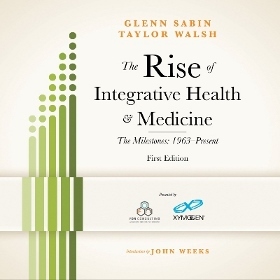The Impact of ‘Escape Fire’ and What Comes Next
By Glenn Sabin

In his excellent post, “Revisiting Escape Fire: The War to Rescue Our Health,” integrative health publisher and thought leader John Weeks questions the impact of this highly regarded documentary as a truly effective healthcare delivery game changer, and he appeals for a harder-hitting sequel to help finish the job.
But before we discuss what a sequel might cover, it’s important to consider the uneven impact the original has had since its airing and some of the reasons for these limitations.
Background, Numbers and Reach
Produced by Susan Froemke and Matthew Heineman, “Escape Fire: The Fight to Rescue American Healthcare,” premiered January 2012 at Sundance Film Festival. Recipient of a Silverdocs award, the documentary was subsequently featured at other select film festivals before hitting the big screen—all six of them!—that October. It was simultaneously released on iTunes and Video-on-Demand.
Gross U.S. theater receipts: An anemic $97,316.
When CNN Films later purchased U.S. television rights to the documentary, airing it this past March 2013, Escape Fire was finally accessible to a larger audience. Its special broadcast drew 642,000 total viewers, including 251,000 in the coveted 25-54 demographic.
Escape Fire, CNN Films’ very first documentary was ironically a project they did not produce. Presumably a successful acquisition, CNN reports that the program enjoyed an impressive “159% viewership increase over the network’s year-to-date average.”
Enjoying this article? Subscribe and get our latest, delivered straight to your inbox.
Of course, distribution and ratings alone rarely drive change. True sea change quite often results from the relentless determination and influence of one or more highly inspired individuals who are single-mindedly moved to replace old failed concepts with transformational new ways of thinking.
Such is the case with Senator Richard Blumenthal (D-CT). After viewing a military screening, he was so inspired that he wrote and successfully shepherded a bi-partisan amendment to the National Defense Authorization Act that was passed in the Senate in late 2012. This amendment would have allowed the Veterans Health Administration to establish a prescription drug take-back program, and it would have increased integrative medicine interventions (namely yoga, acupuncture and meditation). Its goal was to prevent what has become the commonplace over-medication of our service men and women and to reduce tragically high suicide rates. Unfortunately the amendment did not win final passage in the 112th Congress.
Even though the amendment did not pass, the film’s focus on clear health benefits for US service men and women motivated a senior lawmaker to take direct action to expand access to integrative therapies for them. So despite its limited public awareness, Escape Fire resonated with an important supporter in a position to do something. The question is: How to broaden and sustain that awareness, and thus reach more decision makers?
What Comes Next?
I principally agree with everything Weeks lays out in his essay. He’s essentially saying that while poignant and compelling, the documentary in and of itself may not accelerate us to the critical tipping point beyond which integrative health becomes the standard of care.
As Weeks points out, the film didn’t include all the “prescriptions.” But really, how could it have?
As such, and as inspirational as it is, Escape Fire is really a singular effort, as opposed to one component of a well-coordinated, multi-modality synergistic approach to a “wholistic” problem. Sound familiar?
Our fledgling and still fragmented integrative healthcare space does not yet possess a sophisticated and well-funded lobbying machine: an enterprise supported by a large consumer database with which to coordinate and activate folks behind unified calls-to-action.
Such coordination is not rocket science. It is what successfully drives most causes (good or bad) and industries today, and it would have certainly given Escape Fire the requisite foundation on which to build and coordinate its marketing and messaging strategy. I don’t mean to suggest that it is not hard work that takes time… and plenty of resources. The Integrative Healthcare Policy Consortium (IHPC) has been diligently working to fill this role. But with its limited resources—human and fiscal—the bulk of its current lobbying energy has been rightly focused on the important non-discrimination provisions of PPACA Section 2706 to ensure that this law is properly implemented in each state. No small task.
Transforming the payer model as prescribed in the PPACA (see ACOs, PCMHs) will take more than a slight shift in economic incentives to bring about better patient outcomes and substantive cost-savings. Nationally, we need more salaried, outcomes-based healthcare delivery models in which clinicians are well compensated based on results, not on the volume of services and procedures they order. The examples set by the Cleveland and Mayo Clinics are good places to start.
Ultimately, the transformation envisioned in Escape Fire will take more than this fledgling integrative health movement itself to spearhead and coordinate all that needs doing. This is a HUGE gig. It will require tons of political capital, a daunting prospect made even more challenging in the present environment in which neither side of the congressional aisle has much in reserve.
And we should honestly ask ourselves can even a discussion about achieving these goals be meaningful without the participation of the affinity stakeholders in preventive medicine, in lifestyle and environmental medicine, as well as those in markets that are outside the care culture whose work in nutrition, exercise, healthy places is also asserting a whole-person health value that begins even before diagnosis is required.
The integrative health industry has certainly earned its rightful place at the table of transformation. As far as I know, true prevention remains the only magic bullet “cure” for most chronic disease, including the malignant varieties. Our industry not only understands this better than most, it is organized—from its educational establishment, to a licensed clinical culture that is heavy on primary care—to move us in that direction.
This is the message that Escape Fire delivers in a very powerful, often inspirational way. But it needs repeating. And repeating. In a coherent, organized and consistent context. How would you script “Escape Fire: The Sequel”?
About FON
FON is a leading integrative health and medicine business development and strategy consulting firm. FON specializes in custom solutions for growing patient volume, developing programs, and increasing product sales. Our practical business models are driven by innovative marketing, clear messaging, and customer engagement via branded storytelling.
Conact us today to schedule a complimentary 30-minute consultation to discuss your business development or personal brand needs.

Read Glenn’s story.





















